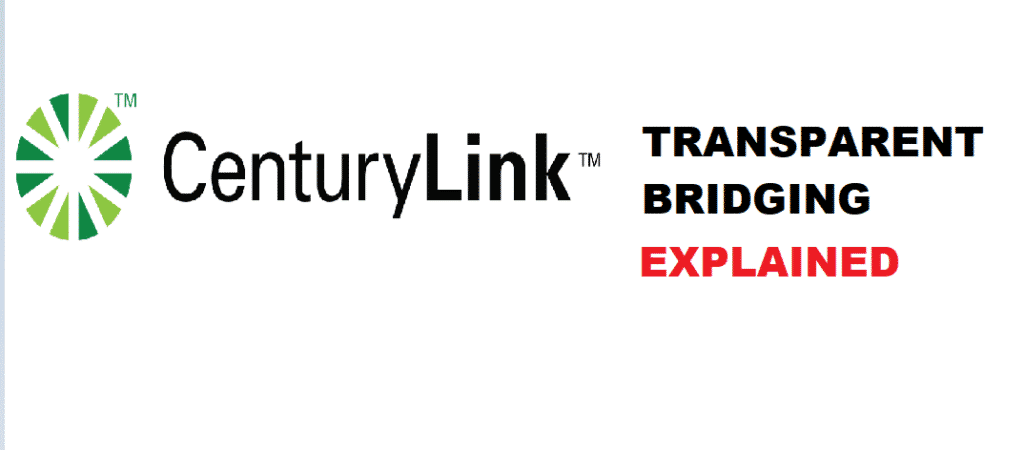
In this modern world, where the internet has become an absolute necessity, the technologies are increasing at the same pace. In the same vein, there are multiple other configurations, such as transparent bridging. So, if you want to know about transparent bridging for CenturyLink, we have outlined this article to help you out!
Transparent Bridging – What Is It?
The transparent bridging is usually used by the ethernet LAN switches that empowers the users to create the address lookup tables. Through this technology, the switch will automatically learn about everything regarding the node’s location. Even more, there will be nary interference with the network administrator.
Transparent Bridging With CenturyLink – The Process
For everyone who wants to conduct transparent bridging with the CenturyLink service, we have outlined the steps below, such as;
- First of all, you need to connect the device with the network, using either the ethernet cable or Wi-Fi
- Now, open the web browser and write 192.168.0.1 in the URL bar
- Log in to the modem’s user interface by entering the username and password outlined by the administrator (the information is usually available under the modem, on the sticker unless you have changed the security key or SSID)
- Scroll down to the Advanced Setup and navigate to the WAN settings (they are usually available on the left side)
- Now, make sure that the DSL light on the modem is green (solid)
- You have to choose the ISP protocol now, so click on “transparent bridging.”
- Now, dial up the tech support, and they will provide the transport mode (it is limited to some areas)
- Hit on the “apply” button, and you’ve configured Transparent Bridging protocol on your CenturyLink service
Common Transparent Bridging Steps
When it comes down to the transparent bridging, there are five common steps, such as;
Learning
When the switch is first added to the network, multiple other segments will be added to the switch ports. In the same vein, the node on the first segment will send data to other nodes progressively. This configuration reads the MAC address while saving the lookup table. In this way, the switch will know about the node address, which is known as learning.
Flooding
If the switch doesn’t know about the second node, it will send the packet to every segment, except for the segment A. On the other hand, when the switch sends out the packet to line out the specific nodes, it is called flooding.
Forwarding
When the switch is sending direct packets to the nodes, specific ones; two segments will be connected at the switch for sending the packets. This direction and progression of sending the packet are known as forwarding.
Filtering
When the switch starts ignoring the packets that are traveling between the nodes, it will be considered filtering. However, this makes sense for the nodes that are traveling in the same segment.
Aging
Given the functionality of flooding and learning, the switch keeps on adding the nodes. On the other hand, for optimizing the switch memory, the aging process is used. This process helps free up the memory resources for different entries.